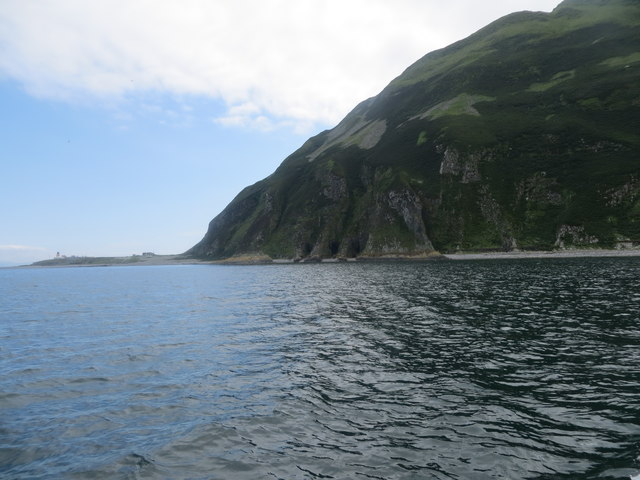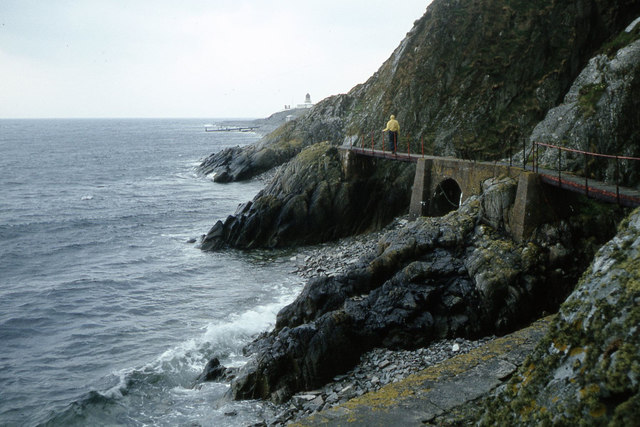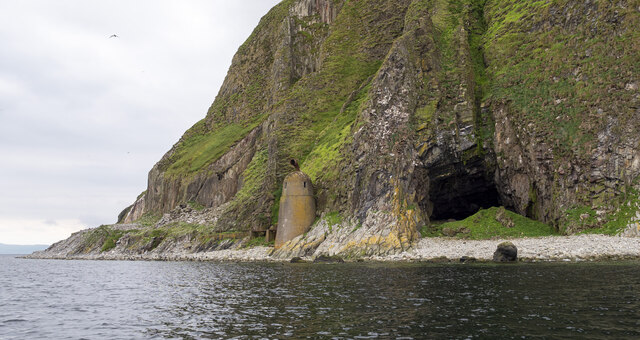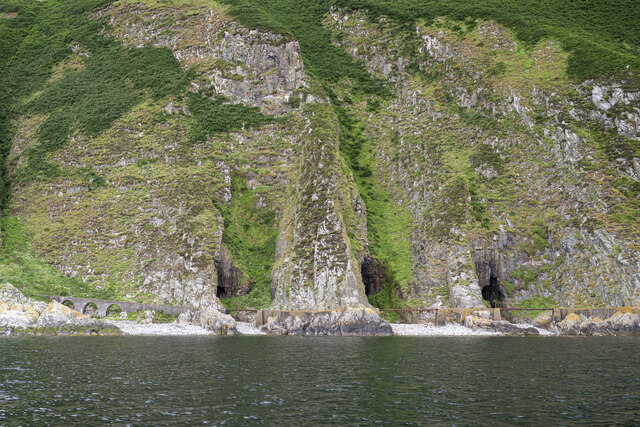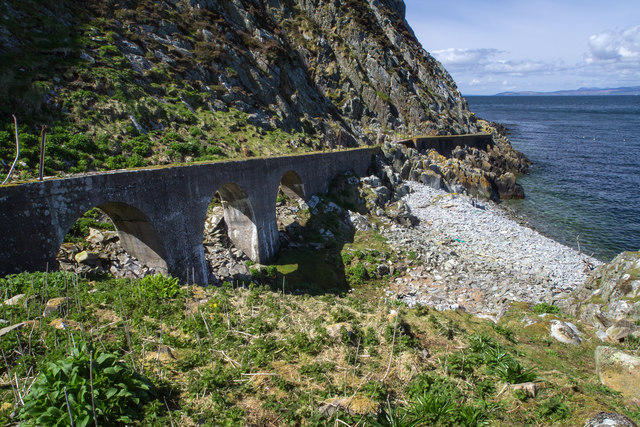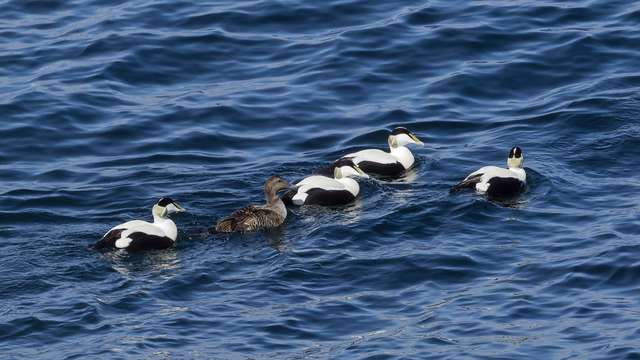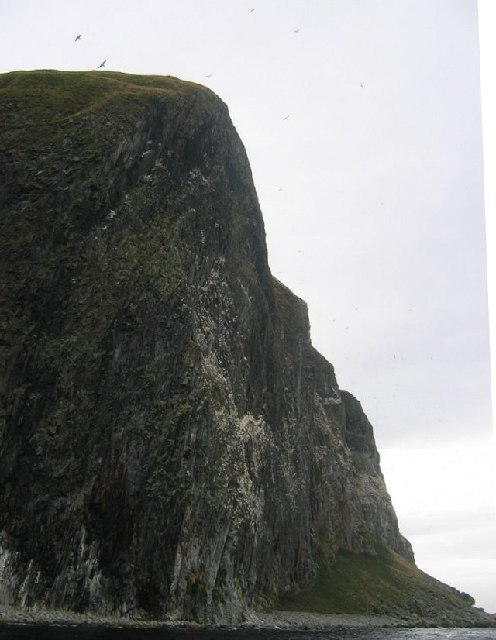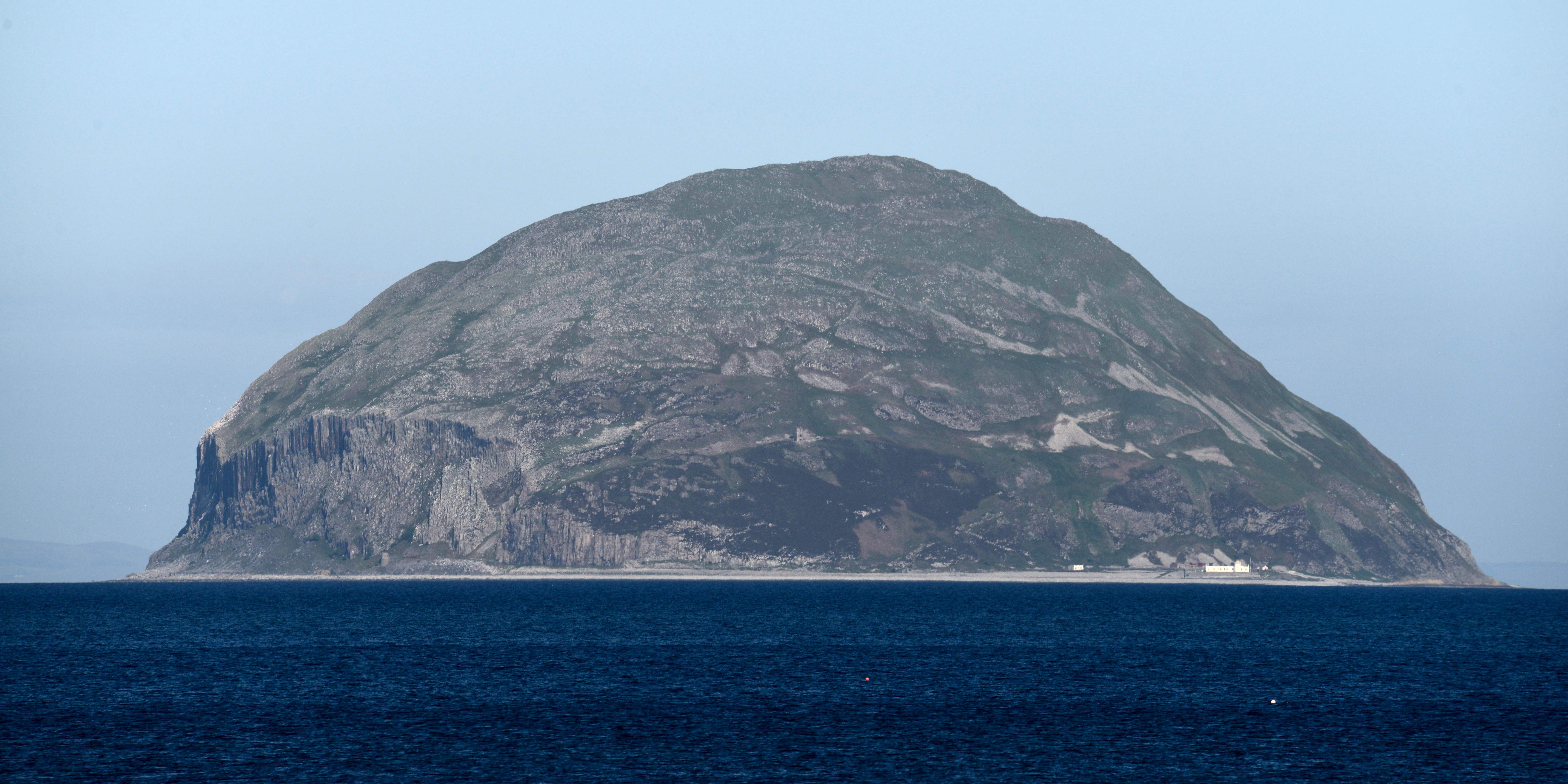Doras Yett
Coastal Feature, Headland, Point in Ayrshire
Scotland
Doras Yett
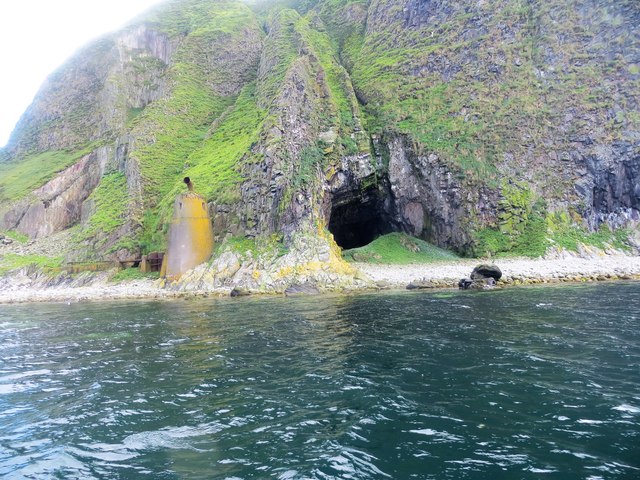
Doras Yett is a prominent coastal feature located in Ayrshire, Scotland. It is a headland that juts out into the North Atlantic Ocean, forming a distinct point along the rugged coastline. The name "Doras Yett" is derived from the Gaelic language and translates to "Gate of the Yetts" in English.
This headland is known for its stunning natural beauty and is a popular destination for both locals and tourists alike. It offers breathtaking views of the surrounding sea and the rugged cliffs that characterize the Ayrshire coastline. The headland is composed of rocky outcrops and is covered in lush green vegetation, providing a picturesque backdrop for visitors.
Doras Yett is also of historical significance. It is believed to have been a strategic location in ancient times, serving as a lookout point for coastal defense. The remnants of old fortifications can still be seen on the headland, adding to its allure.
In addition to its natural and historical significance, Doras Yett is also home to a diverse range of marine and birdlife. Seabirds such as puffins, gannets, and guillemots can be spotted nesting on the cliffs, while seals and dolphins can often be seen swimming in the waters below.
Overall, Doras Yett is a captivating coastal feature that showcases the beauty and history of Ayrshire. Its stunning scenery, rich wildlife, and historical significance make it a must-visit destination for nature enthusiasts and history buffs.
If you have any feedback on the listing, please let us know in the comments section below.
Doras Yett Images
Images are sourced within 2km of 55.249654/-5.1220442 or Grid Reference NX0199. Thanks to Geograph Open Source API. All images are credited.
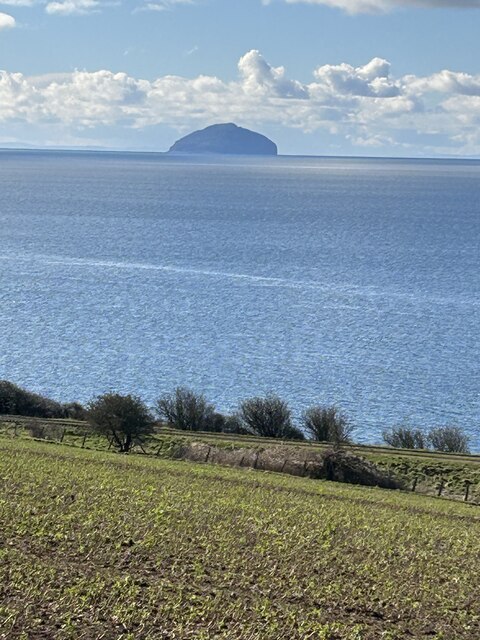
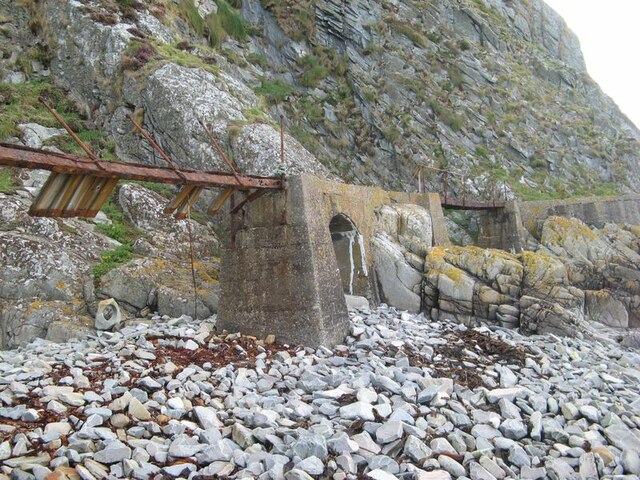
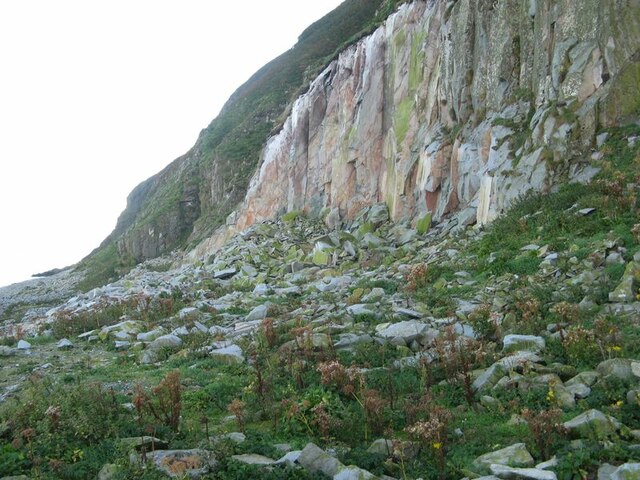
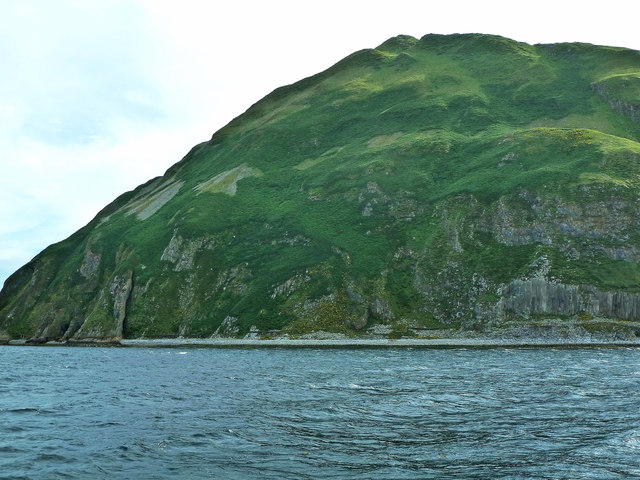
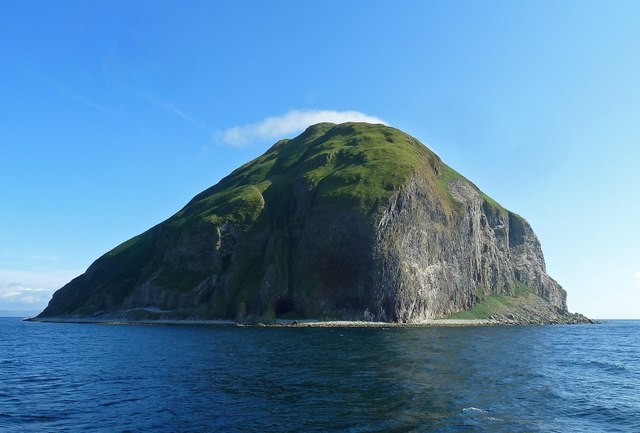
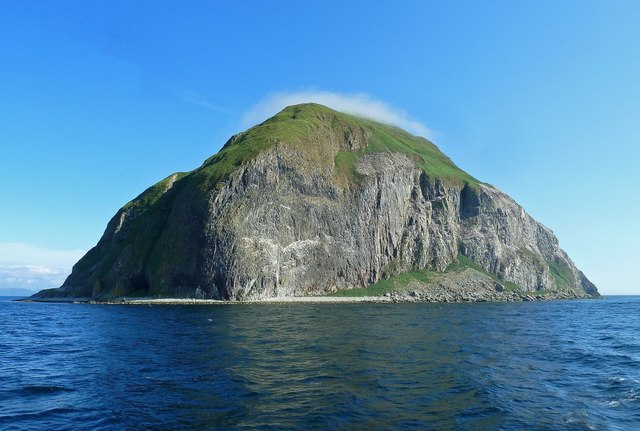
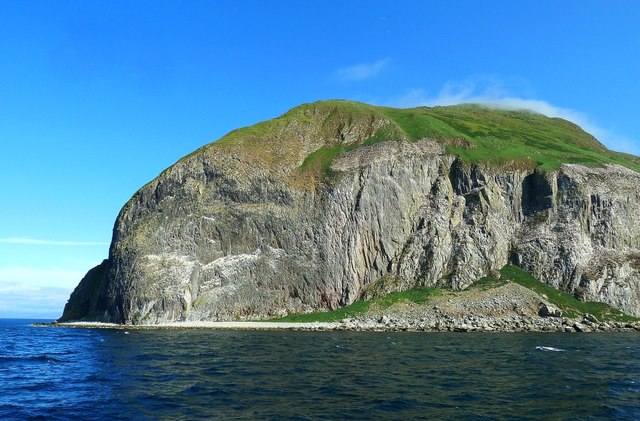
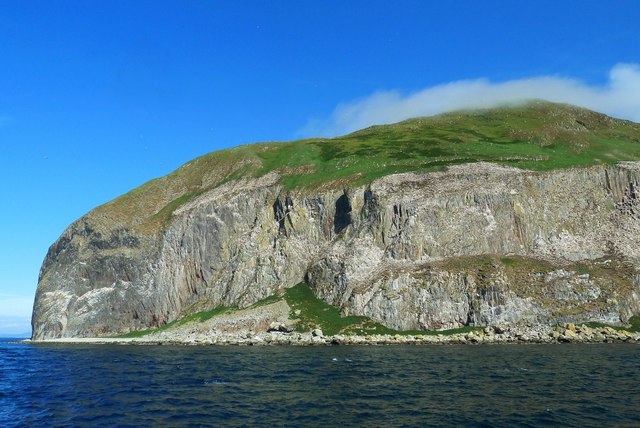
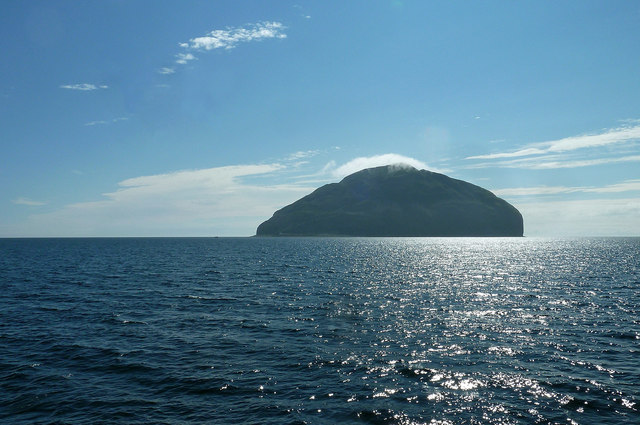
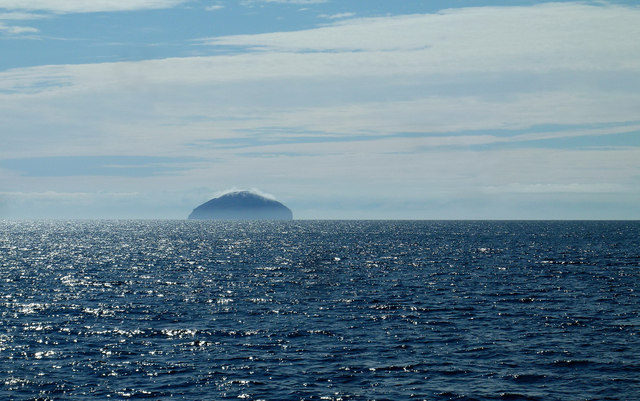
Doras Yett is located at Grid Ref: NX0199 (Lat: 55.249654, Lng: -5.1220442)
Unitary Authority: South Ayrshire
Police Authority: Ayrshire
What 3 Words
///inflation.campfires.snipped. Near Girvan, South Ayrshire
Nearby Locations
Related Wikis
Ailsa Craig
Ailsa Craig (; Scots: Ailsae Craig; Scottish Gaelic: Creag Ealasaid) is an island of 99 ha (240 acres) in the outer Firth of Clyde, 16 km (8+1⁄2 nmi) west...
Ailsa Craig Lighthouse
The Ailsa Craig Lighthouse, is an active 19th century lighthouse located on Ailsa Craig, an island in the Firth of Clyde, just offshore from Girvan, South...
Nearby Amenities
Located within 500m of 55.249654,-5.1220442Have you been to Doras Yett?
Leave your review of Doras Yett below (or comments, questions and feedback).
